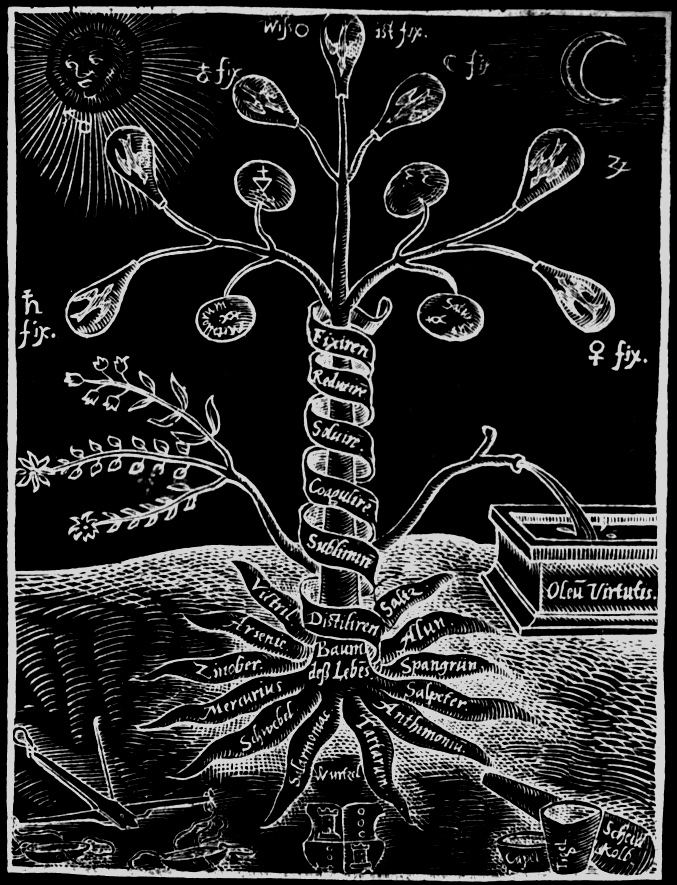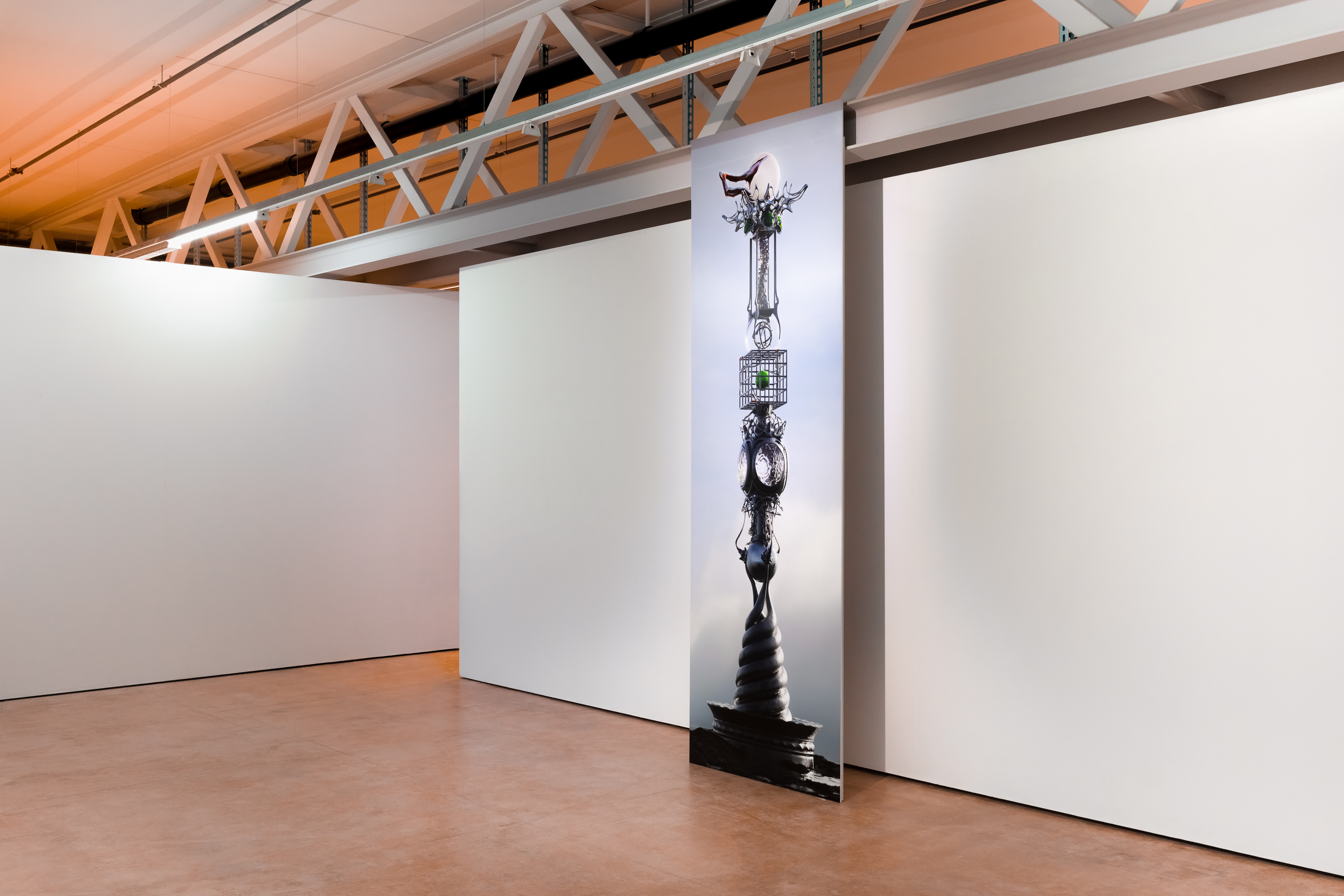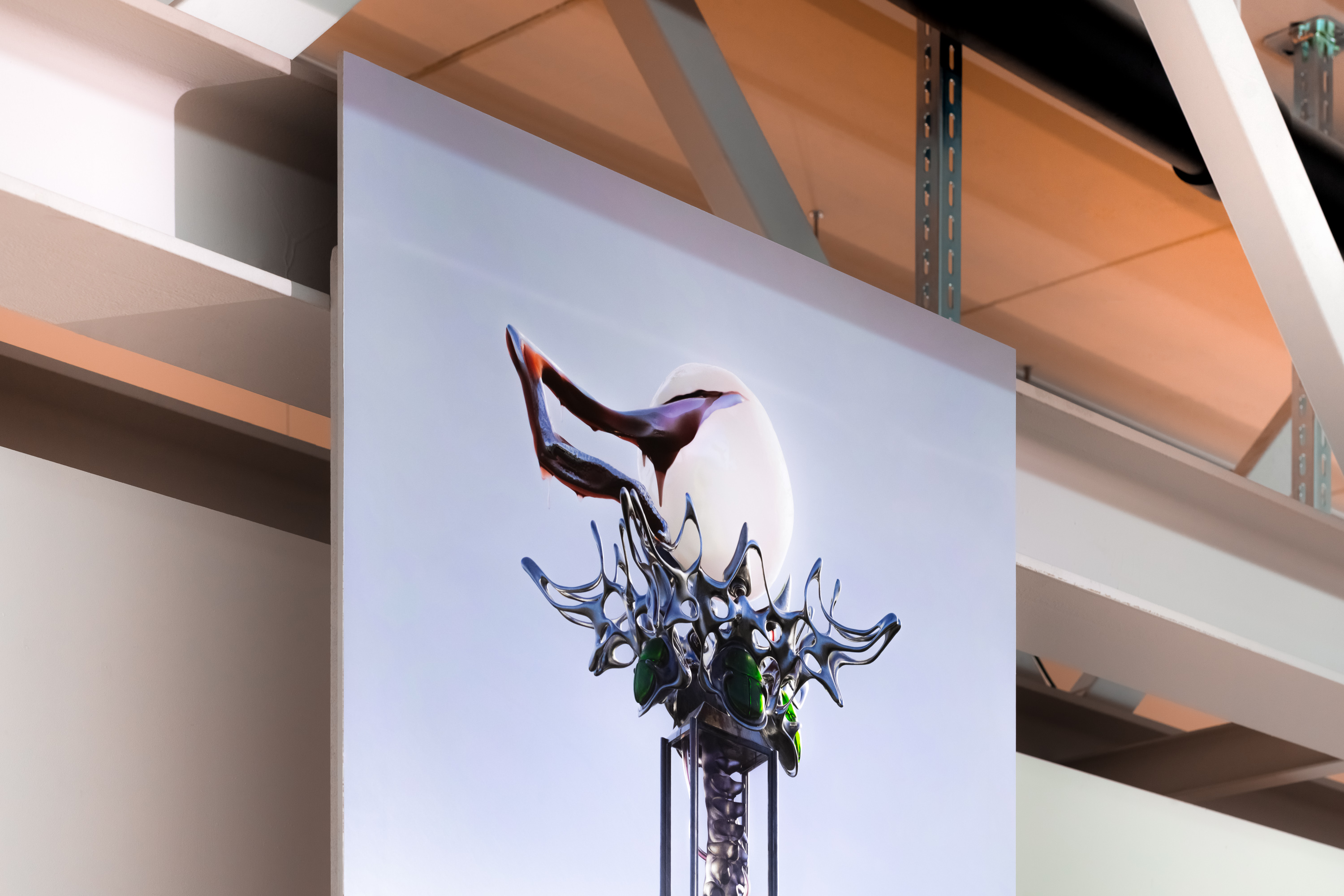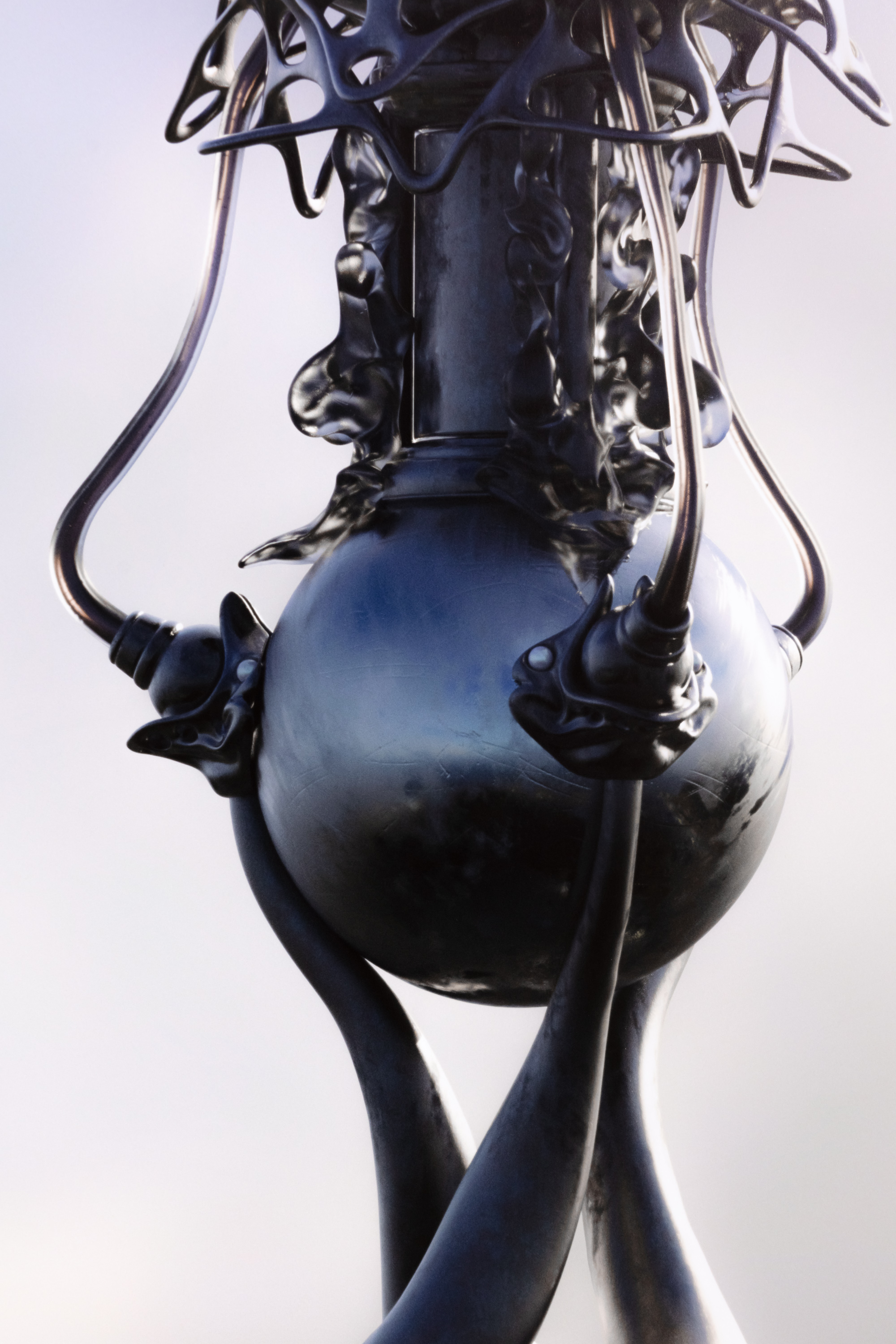The Tower
As human species we have the ability to be creative, a trait, not found in any other life form to our knowledge. We organize and manipulate matter, creating divergent output, similar to what nature is capable of doing with natural selection mechanisms. What defines us as humans, more than anything, is our creative capabilities, things we build, the way we manipulate matter, and the never ending obsession of continuing to do so. Creativity is fundamental to human life. However creativity is also destructive. Sculpting a marble statue can be considered as giving life to the inanimate as it can be considered a destructive act that requires the dormant piece of rock to be ripped apart from where it belongs, where it existed for millions of years. Creativity is also cyclical. The marble sculpture will be destroyed eventually, maybe to be reshaped and used for something else, but finally it will cease to exist as a discernible form. Ultimately returning to nature in the shape of dust and sand, it will be part of some other creation.
As entropy, the emergent property of nature dictates, nothing lasts forever. As the civilizations born and fall, we witness the fragility of existence. It can be said that human creativity in essence is driven by the desire to be permanent. Whether it’s an instinctive preservation mechanism or result of existential fear, creativity is unavoidable. Our physical creations act like anchor points, attaching us to the immovable and eternal. Objects, buildings, monuments, everything that is created allows us to make sense of the world. We build relationships between concepts and objects to comprehend nature and to give meaning to life. At the same time, seeking meaning and seeking permanence is intertwined with the desire for control. Control is primal as it precedes reason. It can be said that seeking control is the cause for all suffering since controlling something requires a subject to be controlled overriding its will. Like the sculptor manipulating the matter and imposing control over it’s material existence, we fantasize about shaping life, and controlling it. The concept of Takwin, mentioned in Arabic alchemy in the 8th century, was the goal of creating synthetic human-made life. The concept of human-made life gained popularity in contemporary culture with the advancements in genetic science opening up a potential for realization of such speculative concepts. The idea had been articulated in many science fiction literature and film works. Nearly in all examples, the grand objective results in unforeseen and destructive events. The life that had been made in the image of humans, with the intention of satisfying the biggest desires ultimately ends up starting it’s own cycle. The desire to have ultimate control inevitable results in an end and a beginning in itself.
The tree, rooted deep into the earth and ascending to the sky with longevity exceeding any human lifespan is a symbol of creation and eternity. It is rigid and immovable, an intermediary between the earth and the sky, it is a transformational medium. It represents journey and different paths. The column of an architectural structure, as a form, derives from the trunk of a tree, as with totems, towers and obelisks. These creations represent our futile desire to ascend from the temporary to eternal.
In a world devoid of any human life, a pillar ascents from a well, a source of life, representing our primordial origins from water. It ends with a creation, an egg or a fetus of potentiality. It is signalling the start of a new process which is only a different chapter of an infinitely causal chain of life. Throughout its trunk, the pillar is decorated with symbols that refers to our obsession with meaning, permanence and control. It’s a totem for reminding us the temporality of our existence and impossibility of achieving control over nature.
2019





